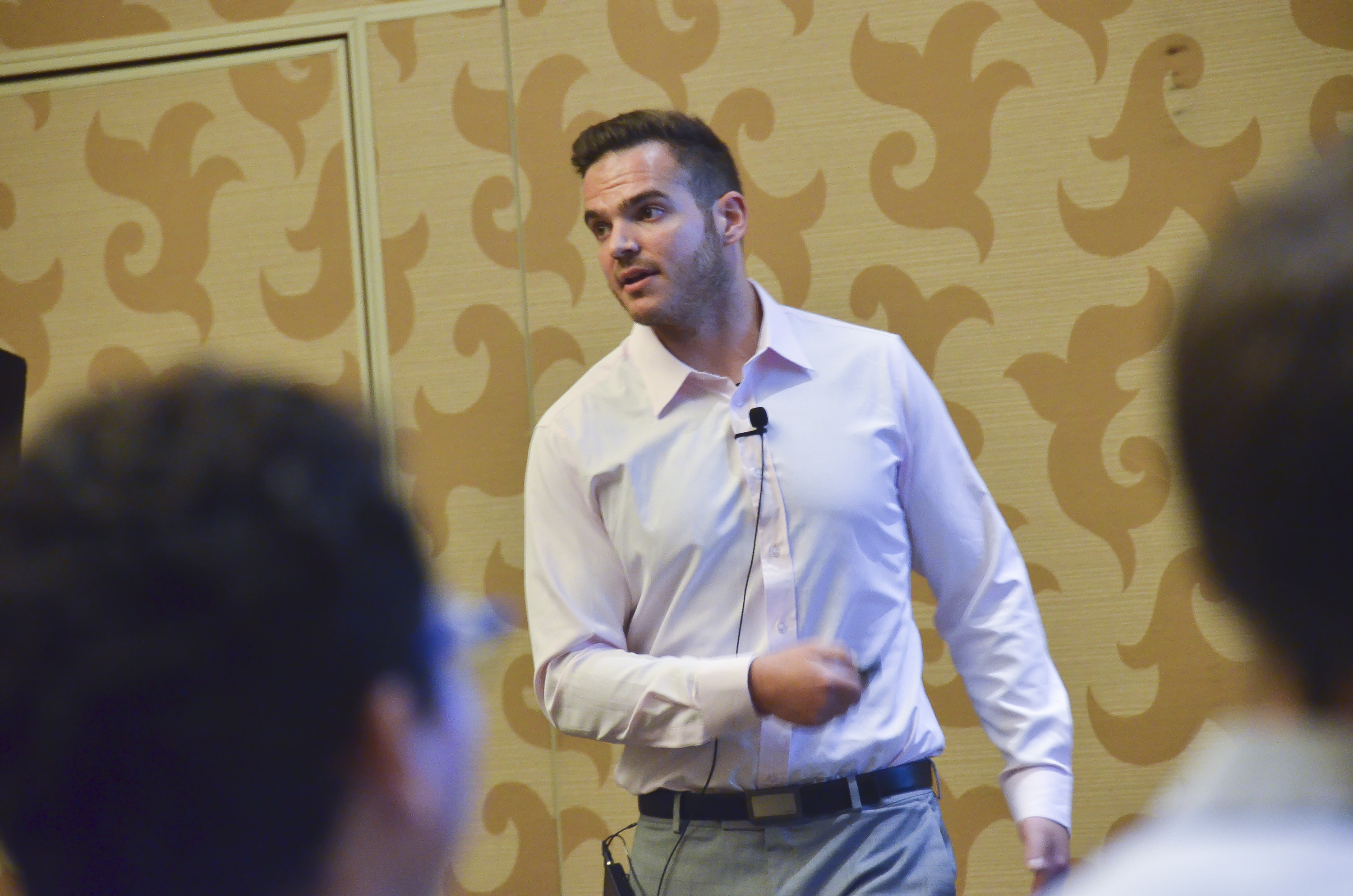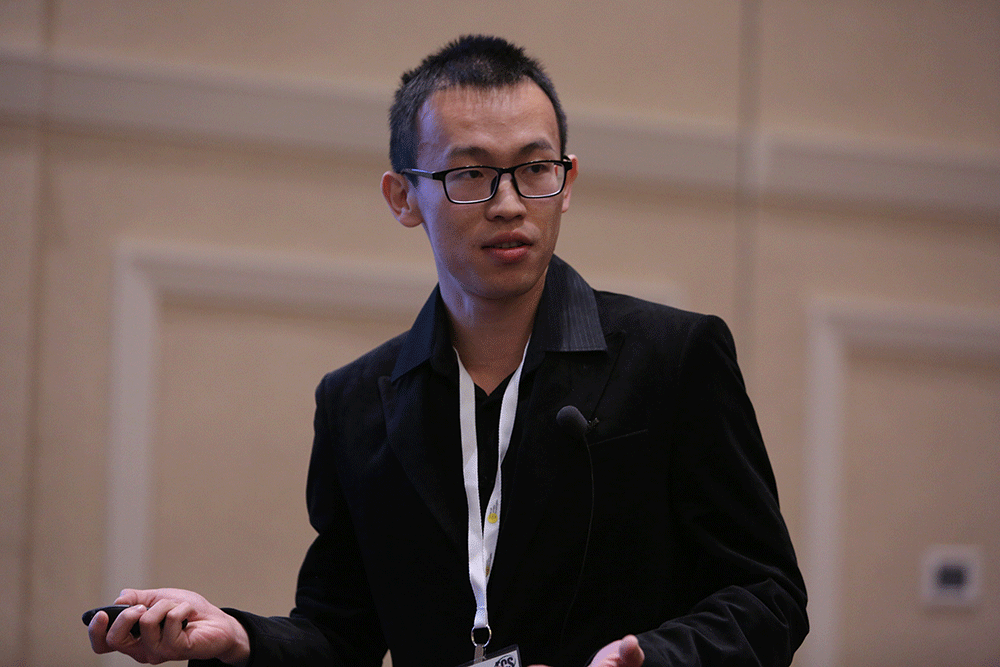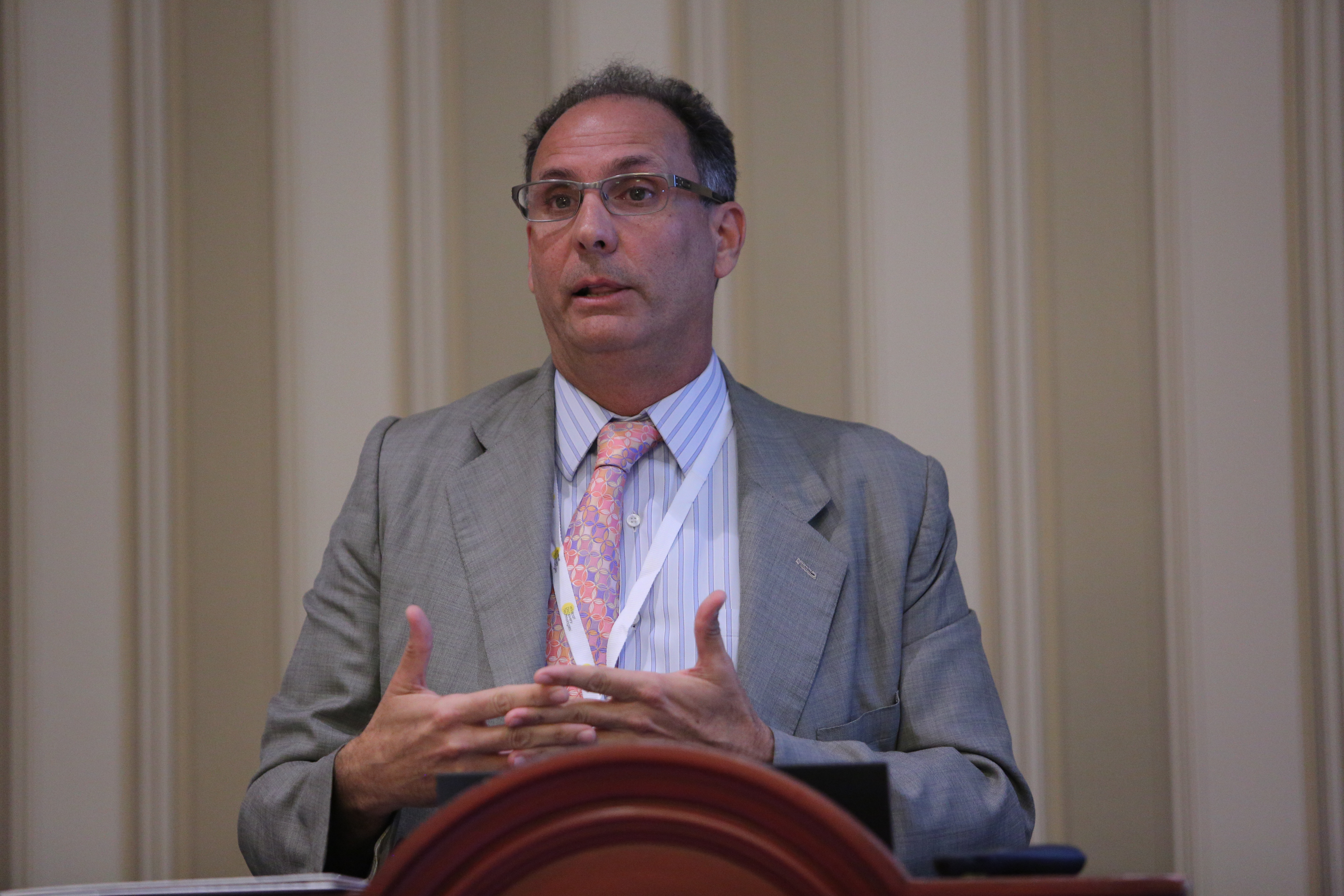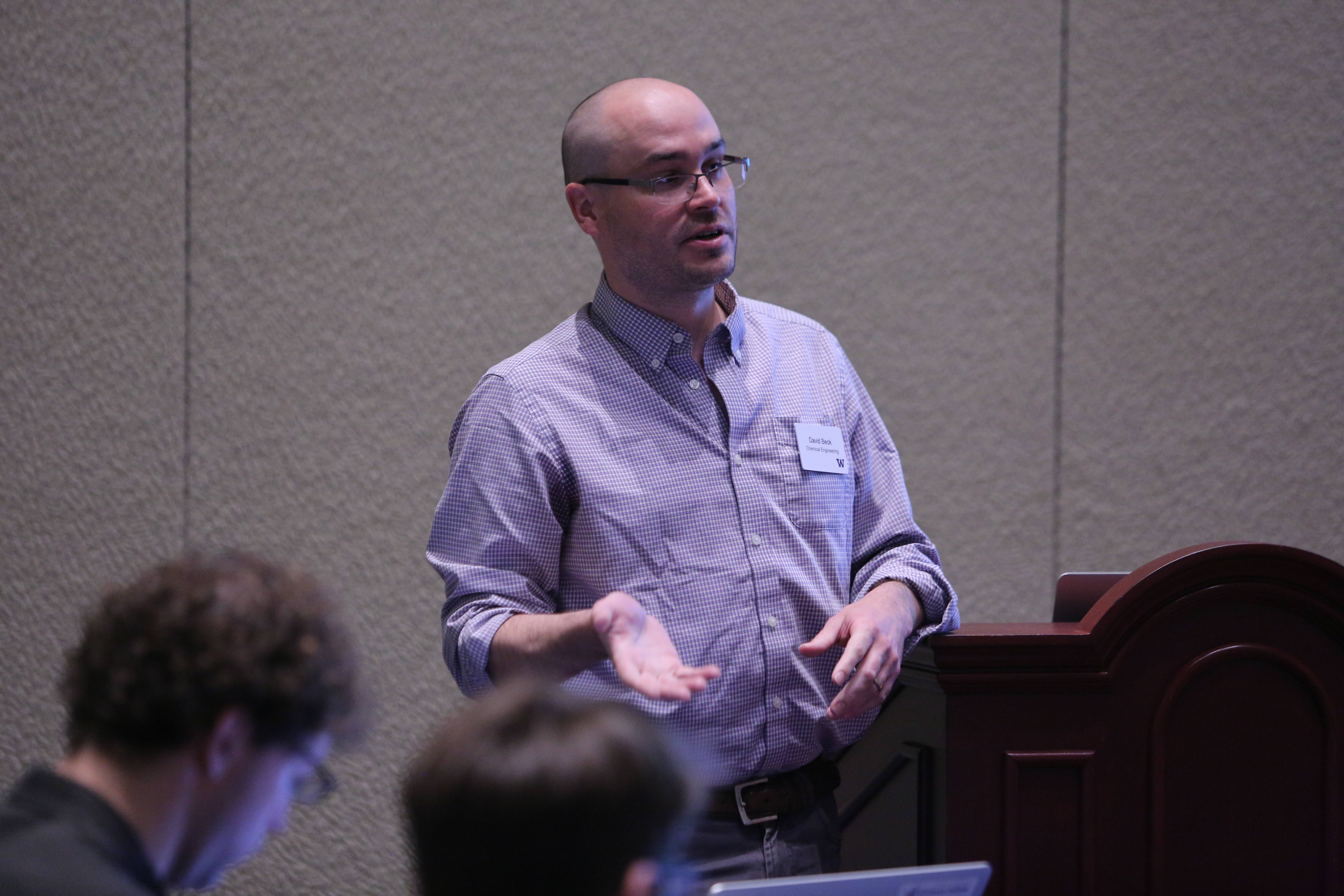 Topic Close-up #5
Topic Close-up #5
Symposium B04: The International Symposium on Nanomaterials: Focus – Korea
Symposium Focus: This mega-symposium is dedicated to cover science and applications in nanocarbons and other nanoscale materials, and present the contemporary state-of-the-art of this field in Korea. It is sponsored by the Nanocarbons, Dielectric Science and Technology, and Electronics and Photonics Divisions, and the Interdisciplinary Science and Technology Subcommittee of the Electrochemical Society, along with the Korean Electrochemical Society.
The primary goal of this symposium is to share the most recent results and promote USA-Korea scientific cooperation efforts. Papers are solicited on experimental and theoretical studies related to the basic chemistry, physics, materials science and engineering of nanocarbons, fullerenes, porphyrins, supramolecular, inorganic-organic hybrid and functional materials, nanotubes, graphene and 2D layered materials, as well as on their novel applications in areas such as energy and catalytic conversion, sensors, medicine and biology, electronic and photonic devices, and materials development.


 A reversible fabric keeps skin a comfortable temperature whatever the weather—and could save energy by keeping us away from the thermostat.
A reversible fabric keeps skin a comfortable temperature whatever the weather—and could save energy by keeping us away from the thermostat. Topic Close-up #4
Topic Close-up #4 Topic Close-up #3
Topic Close-up #3 ECS is honored to report that
ECS is honored to report that  Scientists these days face a conundrum. As Americans are buffeted by accounts of
Scientists these days face a conundrum. As Americans are buffeted by accounts of  New research sheds light on the effectiveness and value of carbon-pricing incentive programs.
New research sheds light on the effectiveness and value of carbon-pricing incentive programs.